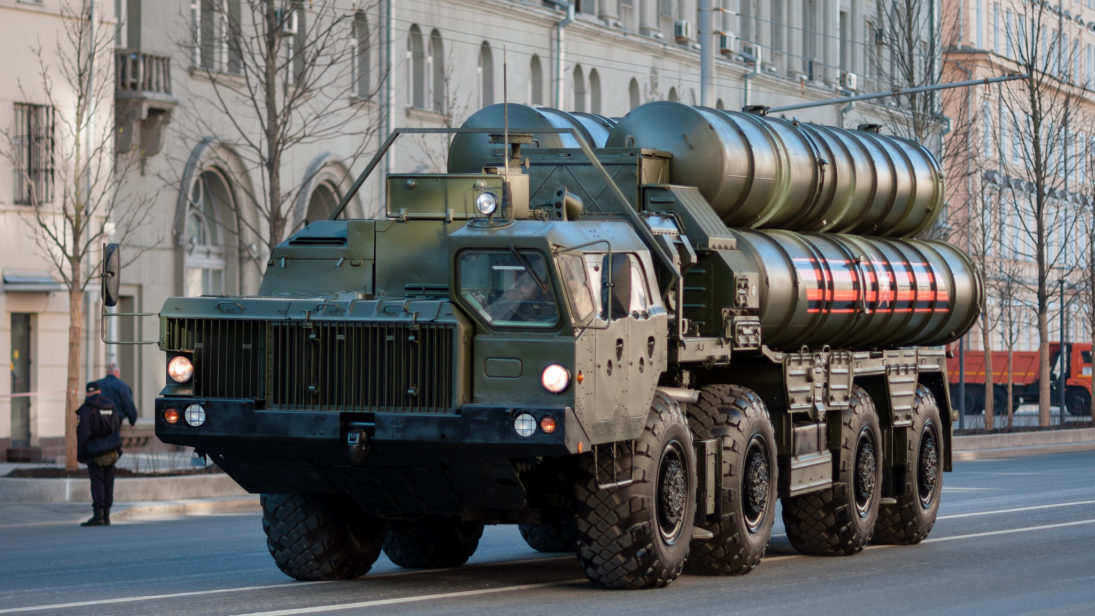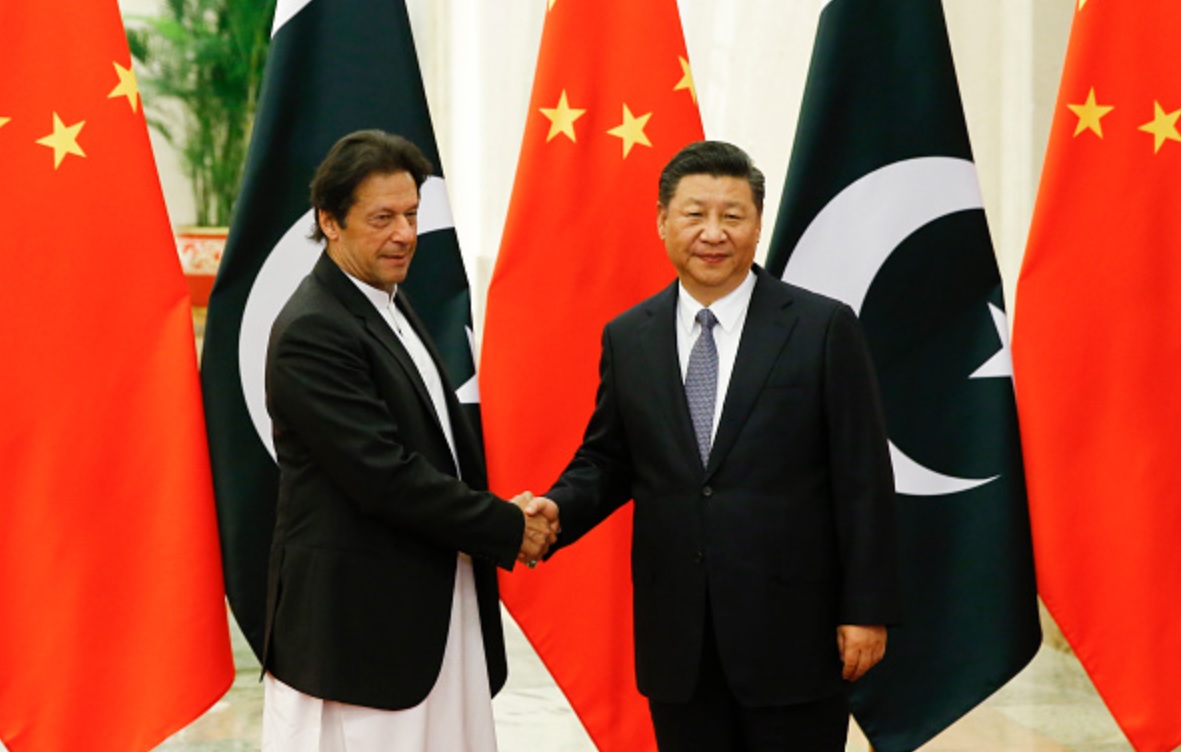
South Asia has evoked the attention, intervention, and strategic embrace of powerful international actors over the course of many decades. By virtue of their involvement, the United States, Russia, and China have influenced the dynamics of Indo-Pak relations. From Indo-Soviet cooperation to the Nixonian tilt toward Pakistan in 1971, from Sino-Pak missile and nuclear cooperation to the Indo-U.S. defense relationship in recent years, the strategic landscape in South Asia has been constantly impinged upon by outside actors. One of the major reasons why a nuclearized South Asia always garners attention is the invariable danger of an Indo-Pak crisis leading to a nuclear showdown. This is precisely why third parties have put a premium on de-escalation during the three crises that followed the overt nuclearization of India and Pakistan in 1998. However, during peacetime, these countries have actually contributed significantly towards arming the South Asian rivals. In reality, in a bid to advance their own regional interests, third parties have created an environment that leads to an arms race instead of arms control in South Asia.
Induced Armament
Last month, age-old defense partners Russia and India officially inked an agreement for New Delhi to purchase five units of the Russian S-400 air defense system. The deal exemplifies how major outside powers, pursuant of their own interests, are vitiating the environment and propelling arms-racing between the South Asian neighbors. The system’s capability to engage incoming aircraft, ballistic missiles, and cruise missiles, well outside India’s territory, makes it an invaluable addition to India’s warfighting prowess. While the S-400 system is not Pakistan-specific, its defining features—such as the ability to shoot down cruise missiles—are likely to challenge the mainstays of Pakistan’s deterrence capabilities directed at India. Statements made by Pakistani military officials, in turn, indicate that Pakistan is likely to respond to the introduction of the S-400 system by India, potentially with more nuclear-capable missiles and other arms.
By selling the S-400 to India, Russia has solidified Moscow-Delhi ties and also brought an air of uncertainty to Indo-U.S. ties with the looming threat of sanctions on New Delhi due to the Countering America’s Adversaries Through Sansctions Act. Russia is also using the S-400 to bolster the capabilities of the United States’ adversaries. The sale of the system to Beijing should be seen in this context.
Though India and Pakistan will set the direction and magnitude of the arms buildup, Moscow and Beijing cannot be absolved of the responsibility of what is to follow. According to the Russian analysts suggest that Moscow is not only using the S-400 to earn billions (USD 5.2 billion, to be exact), but also as a geopolitical weapon against the United States and its allies. For Russia, the geopolitical value of the S-400 lies in the ability of the system to create rifts between the United States and its allies. By selling the S-400 to India, Russia has solidified Moscow-Delhi ties and also brought an air of uncertainty to Indo-U.S. ties with the looming threat of sanctions on New Delhi due to the Countering America’s Adversaries Through Sansctions Act (CAATSA).
Russia is also using the S-400 to bolster the capabilities of the United States’ adversaries. The sale of the system to Beijing should be seen in this context. By delivering China a weapon that can quell its fears about the U.S. Terminal High Altitude Area Defense missile defense system in South Korea, Moscow has further strengthened its multi-dimensional ties with Beijing, while improving the latter’s kill-capability vis-à-vis the United States.

Bombs from Beijing
China has proved instrumental in helping Pakistan acquire weapons of its own, given that both countries maintain robust strategic ties–during the Cold War, China played a critical role in the establishment of Pakistan’s nuclear program. More recently, Beijing and Islamabad signed a deal under which China will export 48 Wing Loong II unmanned combat air vehicles to Pakistan, currently being used by the Chinese air force, and eventually jointly manufacture them. Given that the agreement was reached days after India and Russia concluded the S-400 deal, it could be deemed to be not only an act of Chinese reassurance to Pakistan but also of Beijing’s defiance to the United States or India. Given that Islamabad is the biggest importer of Chinese weapons, it could rely on the long-standing and ever-burgeoning military cooperation with Beijing and gear itself to respond to the imbalances that can be caused by India acquiring systems such as the S-400. China’s military assistance to Pakistan will not only give the former more leverage over the latter but also guard its economic interests (such as the China-Pakistan Economic Corridor) in the country. As a result, rather than undertaking efforts to lower temperatures between India and Pakistan, Moscow and Beijing have allowed the action-reaction model to once again take full effect in the South Asian theater. While Russia and China create more space for themselves in the region and pose a challenge to the United States, their sales of weaponry to India and Pakistan are contributing towards an arms race in South Asia.
Washington’s Quandary
The Indo-Pak conventional and nuclear rivalries have been emboldened by a deteriorating security environment created by the power politics of Washington, Beijing, and Moscow. Though India and Pakistan need to resolve their outstanding disputes and establish an enabling milieu for arms-control, the three major powers can use their respective clouts in encouraging the two neighbors to start a dialogue process.
The United States has been a key enabler of proliferation, both vertical and horizontal, in South Asia. According to Rabia Akhtar’s new book The Blind Eye: U.S. Nonproliferation Policy Towards Pakistan from Ford to Clinton, the United States prioritized its Cold War objectives while undermining its nonproliferation goals–it provided nonproliferation sanctions waivers to Pakistan to secure its support in the Afghan war, unmindful of how that would aid Pakistan in acquiring the bomb. In addition, the United States sold the F-16 to Pakistan during the Afghan war in the 1980s to enhance the capabilities of its air force, introducing the aircraft into the subcontinent. And today, instead of invoking CAATSA sanctions (a package of U.S. economic sanctions aimed at countering Russian, Iranian, and North Korean aggression) over India’s purchase of the S-400, the United States has reportedly hinted at conditioning a waiver upon India’s purchase of the F-16. Its hedging over the decision to grant a sanctions waiver points to how the United States is trying to accommodate India, primarily due to the fact that the United States considers India a balancer against China’s rise.
Washington’s dilemma is that if a CAATSA waiver is issued, Russia will be let off scot-free; if it is not, the deal could sabotage its ties with India. A CAATSA waiver could be considered a major concession to India because CAATSA sanctions have been implemented on China for its purchase of the same weapon from Russia. This dichotomy on the United States’ part would also lend credibility to Pakistan’s concerns about Washington’s backing of India, aggravating the strategic environment. As an experienced crisis manager in South Asia, the United States should put a premium on crisis prevention rather than seen to be favorable to one party, albeit inadvertently.
A Future for Arms Control?
The Indo-Pak conventional and nuclear rivalries have been emboldened by a deteriorating security environment created by the power politics of Washington, Beijing, and Moscow. Though India and Pakistan need to resolve their outstanding disputes and establish an enabling milieu for arms-control, the three major powers can use their respective clouts in encouraging the two neighbors to start a dialogue process. For starters, the United States and China could push India and Pakistan to follow through on recent goodwill gestures and resume dialogue. Arms control will not be achieved as long as major powers arm allies and increase states’ security dilemma in the process.
***
Image 1: Dmitriy Fomin via Flickr
Image 2: Thomas Peter/Pool via Getty Images


